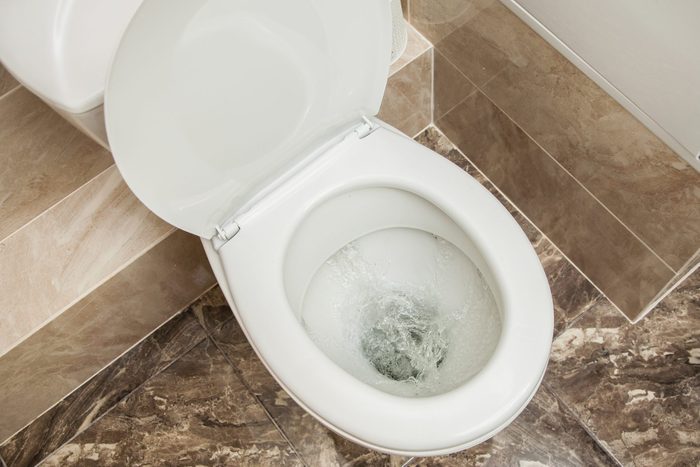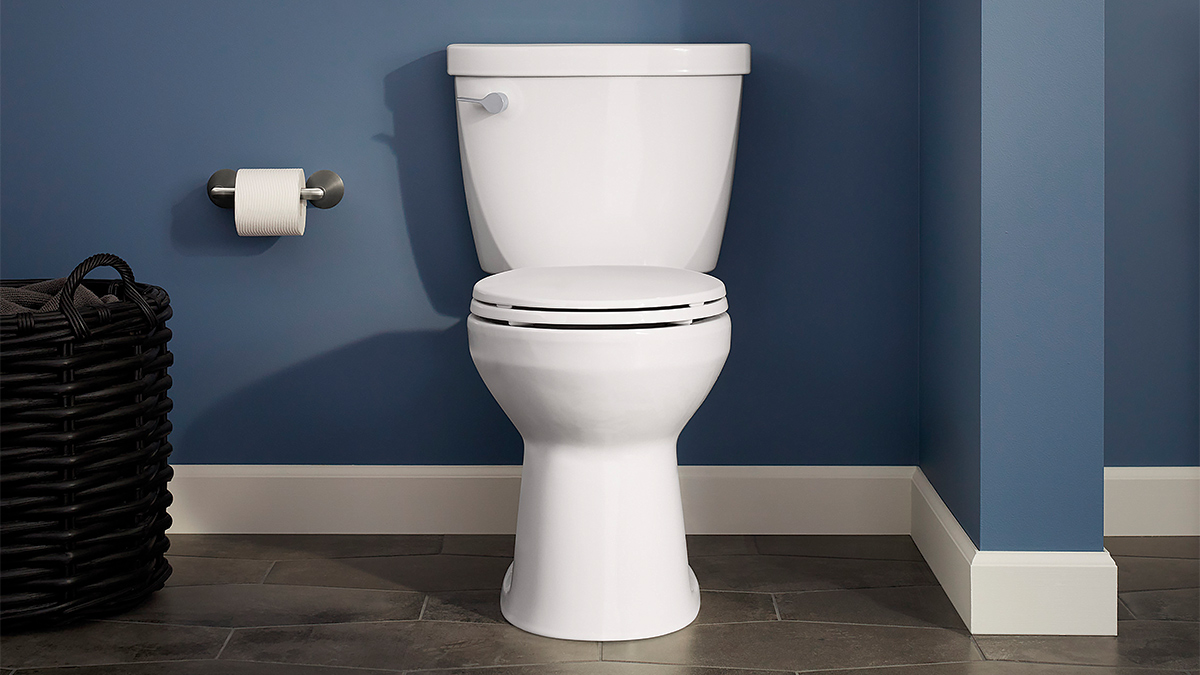As the emphasis on sustainability and the need to conserve water becomes increasingly critical, replacing traditional toilets with water-saving models is no longer just an option; it's a necessity. However, the decision often boils down to a hefty consideration of costs. This brings us to our topic of discussion: Water-saving toilet cost comparison. This article breaks down the financial aspects and benefits of these eco-friendly fixtures.
Water-saving toilets come in various forms, such as dual-flush, low-flow, and high-efficiency models. Each offers unique water conservation features that can significantly differ in acquisition and installation expenses. However, they all contribute to water conservation, thereby lowering long-term utility bills. For a comprehensive understanding, we recommend reviewing this Dual Flush Toilet Guide.

Upfront Costs vs. Long-Term Savings
Generally, water-saving toilet models might come with a higher price tag at the point of purchase, but their long-term savings on water bills often outweigh this initial expense. Notably, low-flow toilets can save up to 16,500 gallons of water per year per household, according to industry estimates. For more insights into water-efficient options, visit this guide on choosing the right toilet.
Installation and Maintenance
Installation for water-saving toilets can be comparable to standard models; however, opting for professional installation may incur additional costs. Nevertheless, the benefit of reduced maintenance due to less frequent repairs in the long term often justifies the upfront expenses. To learn more about automated water-saving solutions, check out the Automatic Water Shut Off Detector.
Water-Saving Models in the Market
Several models cater to those keen on enhancing their household water efficiency. High-efficiency toilets present innovative designs that offer significant water savings and substantial cost reduction over time. If you're interested in exploring various market options, this guide offers relevant insights.
Conclusion: Are Water-Saving Toilets Worth It?
Investing in a water-saving toilet is more than an eco-friendly move; its a strategic approach to save money. While the initial costs may seem daunting, the reduction in water usage bills makes them economically viable in the long run. For more practical tips, refer to these helpful water-saving tips.

FAQs
How much money can I save with a water-saving toilet?
While savings can vary, replacing an older model toilet with a water-saving model can save a typical household up to hundreds of dollars annually in reduced water bills.
What's the difference between a low-flow and a dual-flush toilet?
A low-flow toilet uses less water per flush, while a dual-flush toilet offers two flush options: a lower volume option for liquid waste and a higher volume option for solid waste.
Are there incentives for installing water-saving toilets?
Yes, many municipalities offer rebates and incentives for customers who install high-efficiency toilets. You should check the specific programs available in your area.






